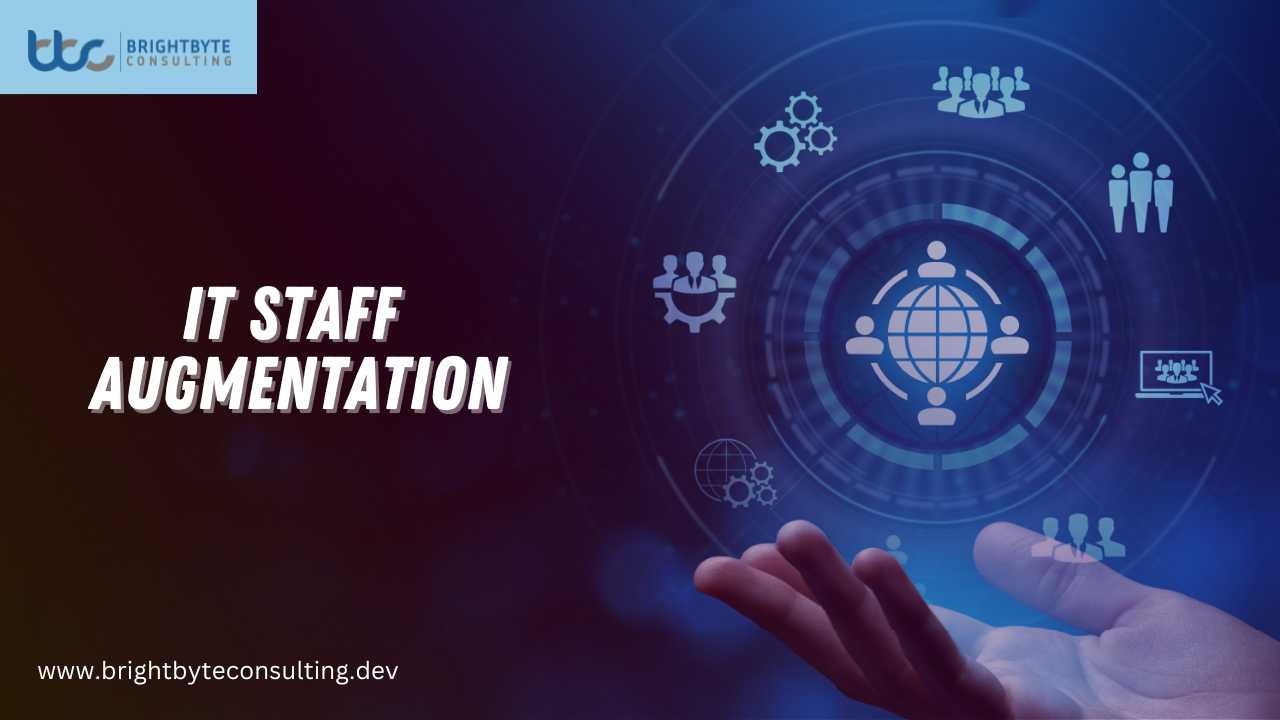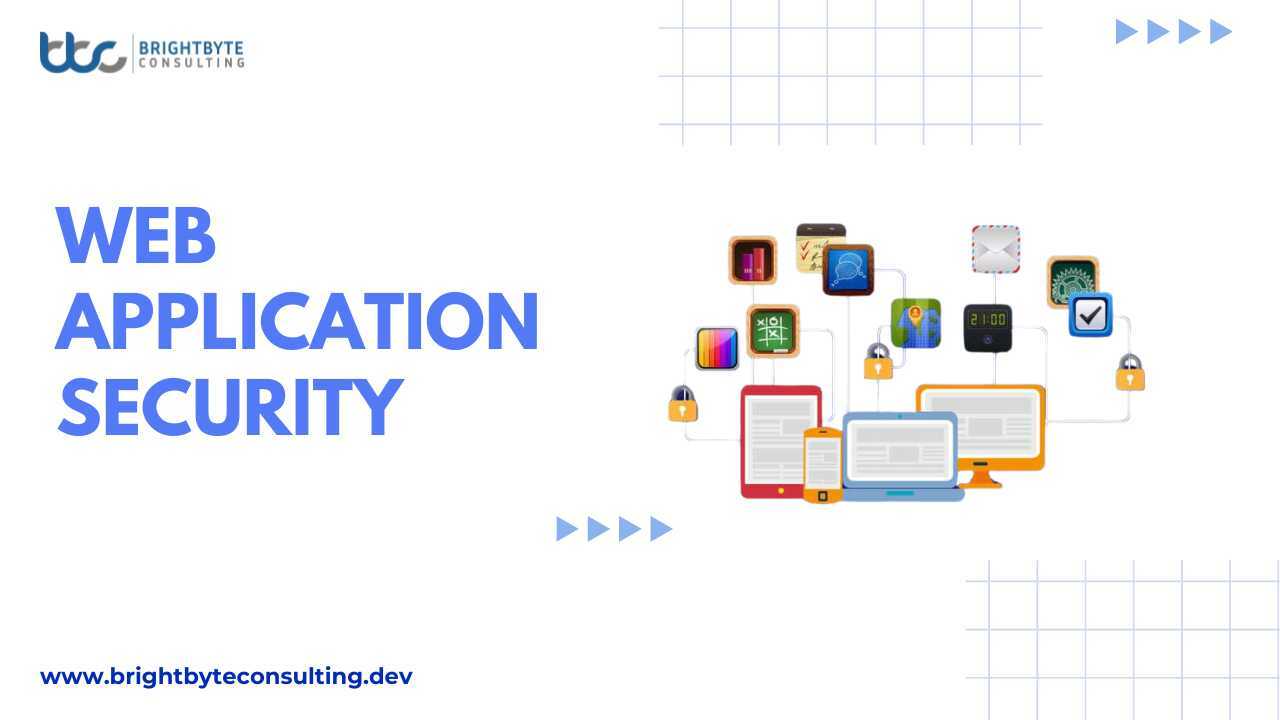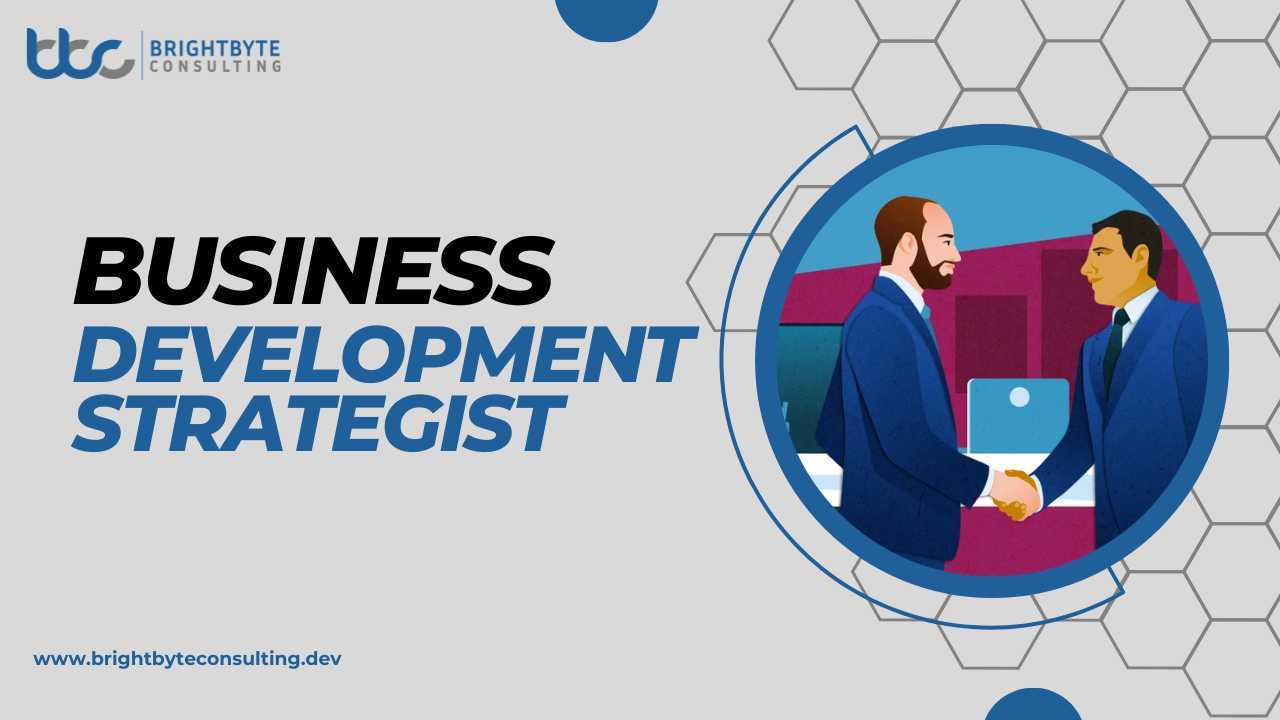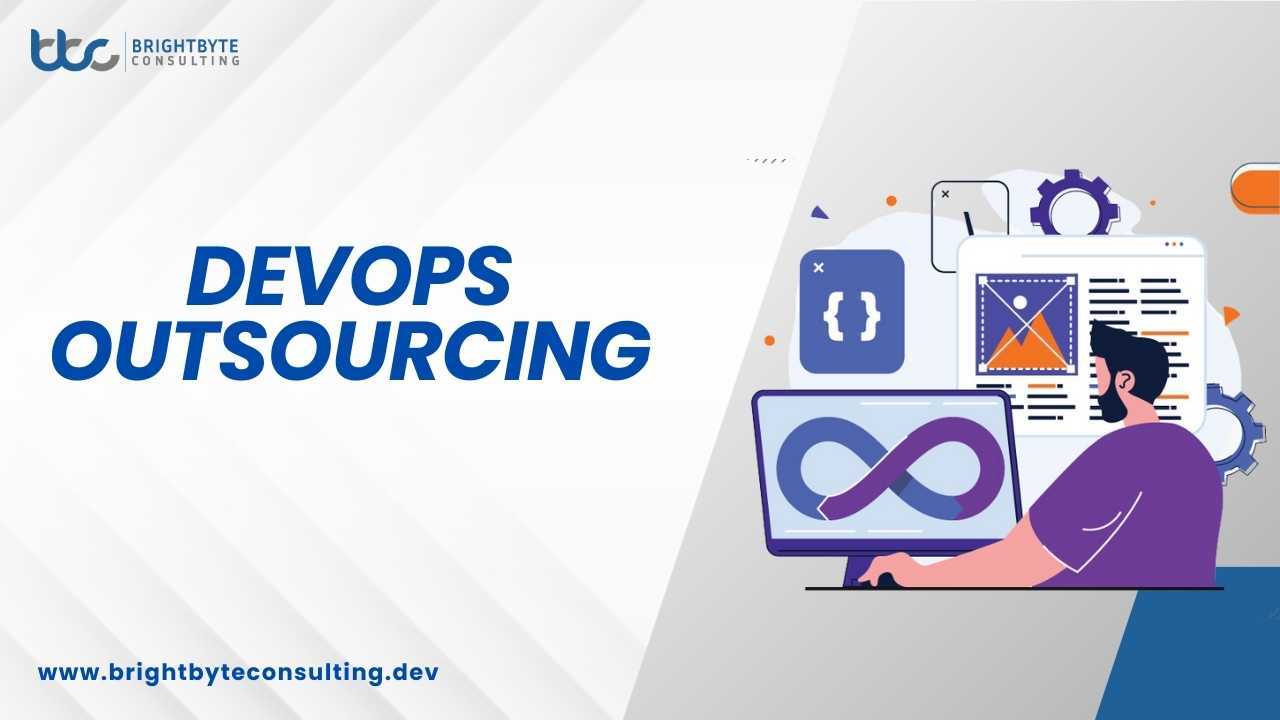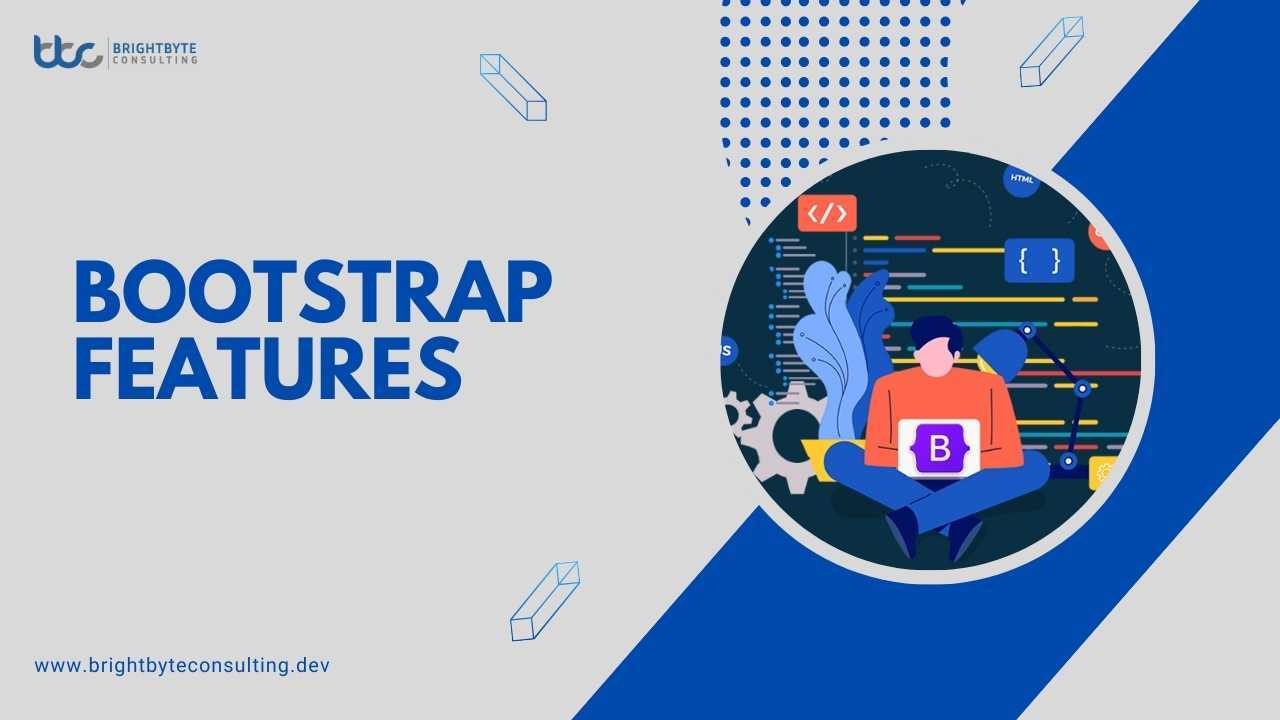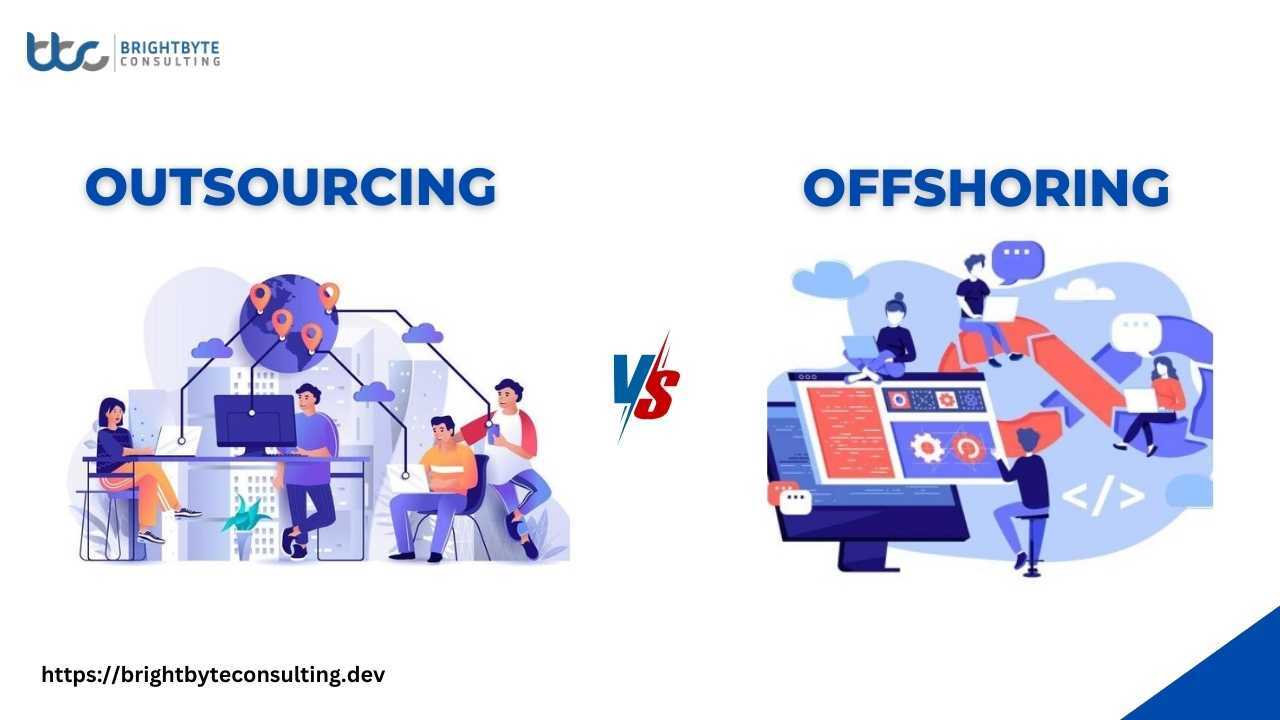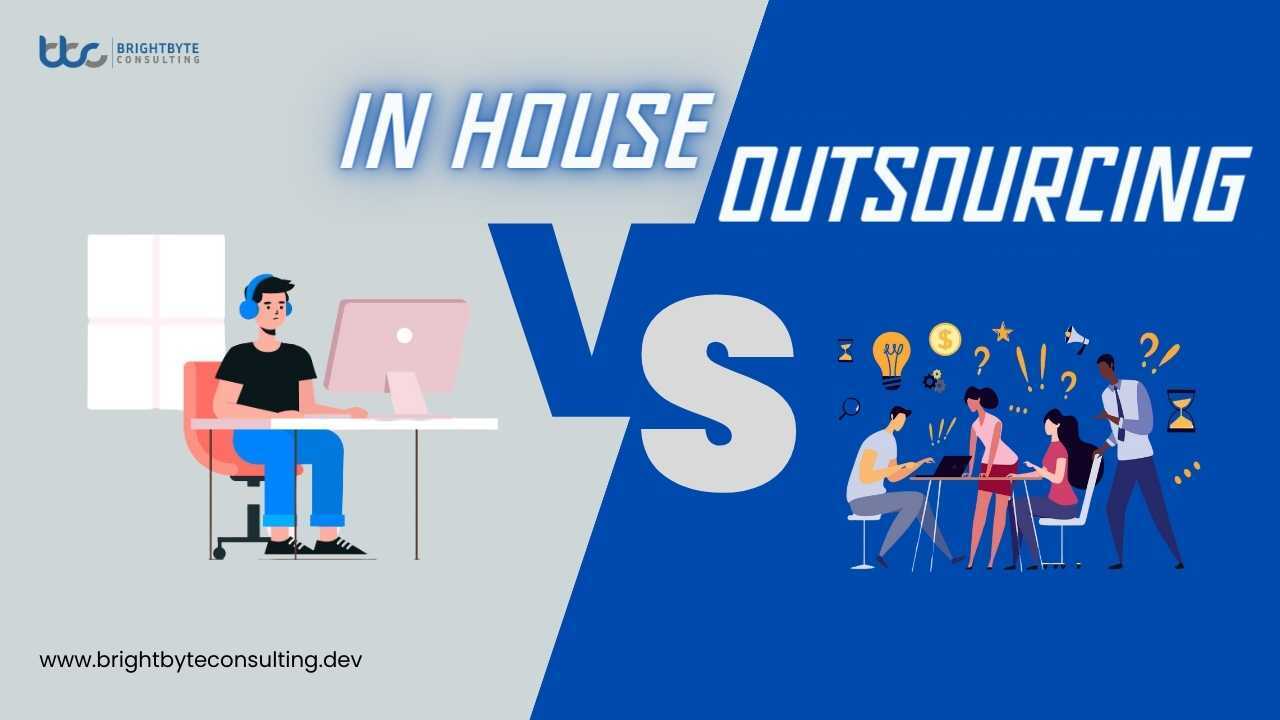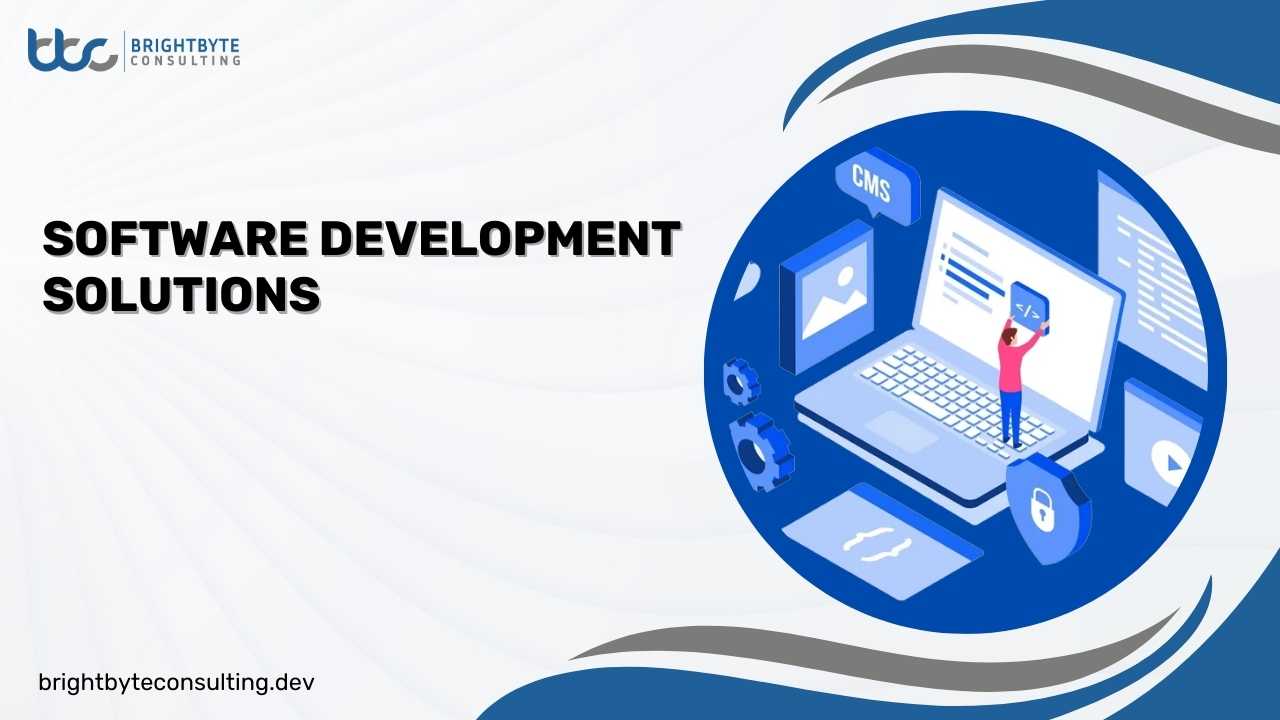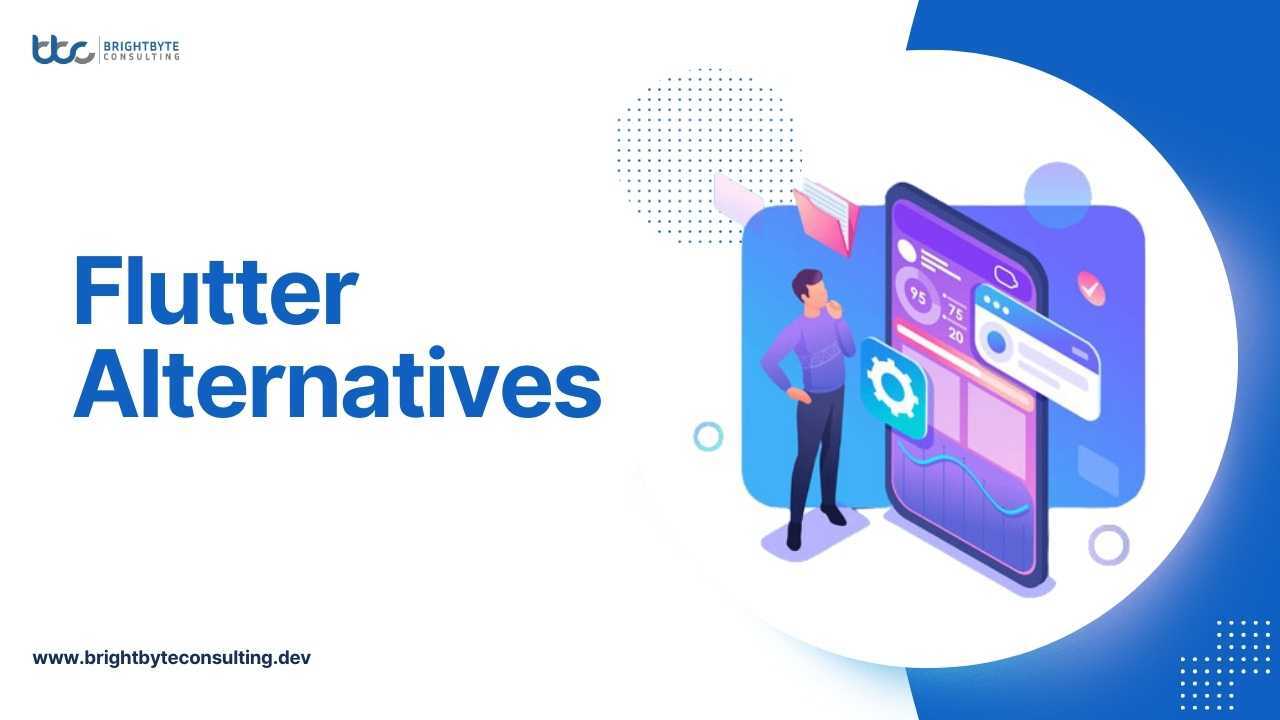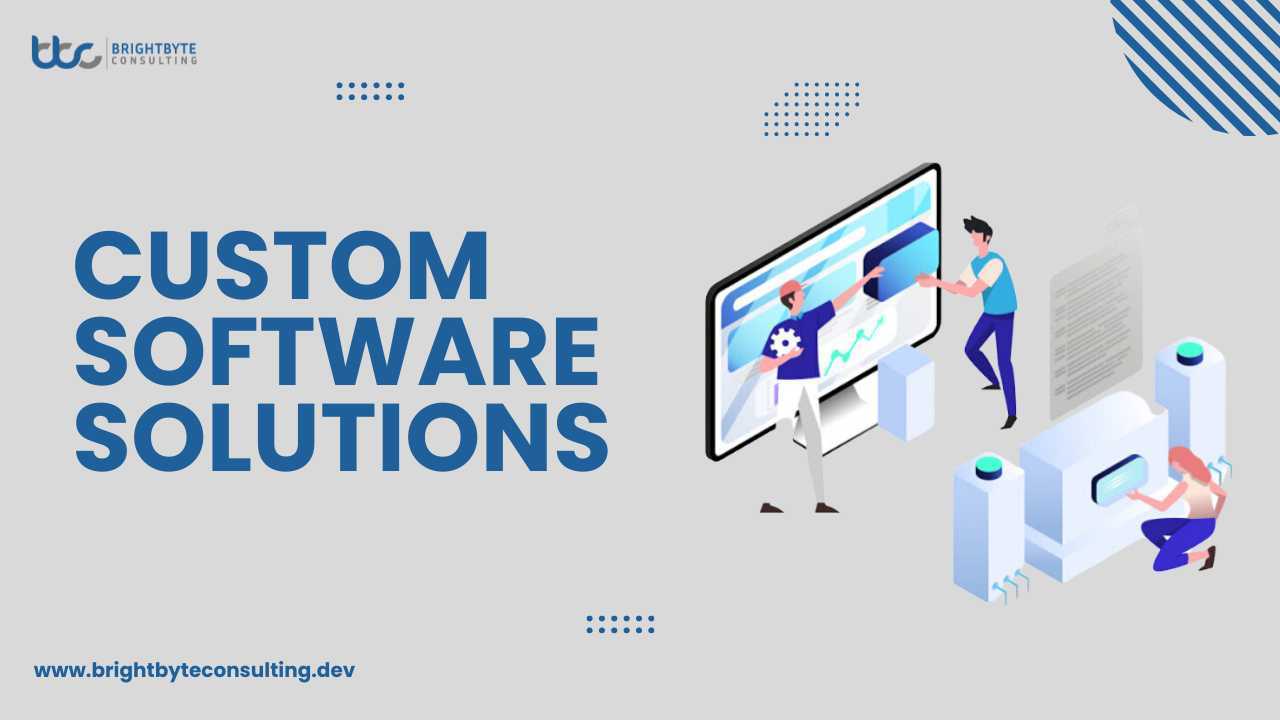In today’s fast-paced technological landscape, maintaining competitiveness is crucial for companies aiming to meet the ever-evolving demands of their clients. However, staying ahead in this digital race often requires elite development teams equipped to navigate new programming languages and emerging technologies.
But how can organizations consistently assemble and maintain such skilled teams without the challenges and costs associated with traditional IT hiring processes? The solution lies in IT staff augmentation.
IT staff augmentation involves expanding in-house teams by outsourcing required talent, enabling companies to remain agile and responsive to evolving needs. Moreover, this approach alleviates the burdens of recruiting full-time professionals, particularly when specialized or high-level expertise is required.
In this blog, we’ll explore the concept of staff augmentation, its significance, advantages, disadvantages, various models, and how to effectively hire offshore developers using the right augmentation model.
What Is IT Staff Augmentation?
Staff augmentation is like borrowing extra help when you need it for specific projects. For instance, imagine your company wants to make a new gaming app, but you only have four developers on your team. You need seven developers for the project, but hiring four more could take a while. With staff augmentation, you can quickly hire the extra three developers you need. This helps you finish your project faster and launch your app sooner. Plus, since you’re hiring them temporarily, you don’t have to worry about letting them go once the project is done. It’s like borrowing extra hands without all the paperwork of hiring full-time employees.
Types of IT Staff Augmentation
Commodity-Based Augmentation
This means hiring more people to help with basic tasks when there aren’t enough employees available. These new hires may not be super skilled, but they can still get the job done.
Skill-Based Augmentation
This is when businesses bring in people with more education and experience to do tasks more efficiently. These employees might have special skills that others in the company don’t have.
Highly-Skilled augmentation
Sometimes, companies need really skilled people from outside to work on specific projects. These experts tackle complex problems or help develop new products.
Staff augmentation can also be short-term or long-term:
- Short-term: This is when you hire someone temporarily for a specific job, like bringing in an intern to help with a project.
- Long-term: This is when you hire someone for a longer period, usually a year or more, because they’ve become really important to your business.
How Does IT Staff Augmentation Work?
Assessing Needs
The process starts with a thorough evaluation of the organization’s requirements and objectives for outsourcing. This step ensures that the right talent is sourced to meet the project’s demands effectively.
Sourcing Talent
Once the needs are identified, the organization selects a suitable talent source, such as a staffing agency or outsourcing firm. It’s crucial to choose a reputable source that rigorously screens and evaluates its workers to ensure they possess the necessary skills and expertise.
Onboarding Talent
After sourcing the talent, the next step is to onboard them onto the project team. Clear roles and responsibilities are defined to maintain project clarity and alignment. Effective communication channels are established to encourage open dialogue and feedback, fostering a collaborative team environment.
Providing Ongoing Support
Throughout the project duration, continuous support is provided to the augmented team. This includes guidance, resources, and assistance to ensure the team remains on track to meet project specifications and deadlines. Effective leadership plays a vital role in maximizing the potential of the augmented workforce and ensuring project success
Determining When to Use Staff Augmentation
Here are 5 scenarios where staff augmentation is perfect for your business:
- Enhance in-house team expertise
- Fill skill gaps for various projects
- Rapidly scale team without lengthy hiring processes
- Ensure project deadlines are met efficiently
- Gain greater control over developer integration and workload
Current Trends in IT Staff Augmentation Services
Specialized Skills in High Demand
Businesses are increasingly seeking IT staff augmentation services that offer specialized expertise in emerging technologies like artificial intelligence, machine learning, blockchain, and cybersecurity to address the growing complexity of technology requirements.
Embracing Remote Staffing
The COVID-19 pandemic has accelerated the adoption of remote work, prompting IT staff augmentation services to offer more remote staffing options. This enables businesses to tap into a global talent pool, providing access to diverse skill sets and enhancing flexibility in workforce management.
Shift Towards Project-Based Staffing
Many businesses are opting for project-based staffing solutions over traditional full-time hiring. This approach allows organizations to scale their workforce according to project needs, optimizing resource allocation and reducing long-term staffing costs.
Rise of Managed Services
Managed services are gaining popularity as businesses seek comprehensive IT solutions. IT staff augmentation services now offer managed services encompassing ongoing support, maintenance, IT strategy, and planning, providing holistic support to organizations.
Focus on Soft Skills
Beyond technical proficiency, there is a growing emphasis on soft skills such as communication, collaboration, and problem-solving. Businesses prioritize IT staff augmentation services that provide professionals with strong interpersonal skills to facilitate effective teamwork and project success.
Pros & Cons Of IT Staff Augmentation
| Pros | Cons |
| Allows for rapid team scalability | Potential for communication challenges |
| Access to specialized skills and talent | Dependency on external talent |
| Flexibility in hiring for short-term needs | Increased management overhead |
| Cost-effective compared to hiring full-time employees | Lack of loyalty or commitment from augmented staff |
| Can meet project deadlines effectively | Integration challenges with existing team |
BBC The Best IT Staff Augmentation Company
BBC offers customized IT staff augmentation solutions designed to address your specific project needs and objectives. With our extensive network of highly skilled professionals, we provide access to specialized talent in emerging technologies such as artificial intelligence, machine learning, blockchain, and cybersecurity. Whether you need to enhance your in-house team expertise or fill skill gaps, BBC delivers flexible staffing solutions tailored to your requirements.
Our team prioritizes effective communication, collaboration, and project management to ensure seamless integration with your existing teams and successful project outcomes. Partner with BBC for cost-effective, customized IT staff augmentation services and stay competitive in today’s dynamic digital landscape.
Conclusion
In conclusion, IT staff augmentation offers a strategic solution for businesses to adapt to the dynamic demands of the digital landscape without the complexities of traditional hiring processes. By leveraging external talent, organizations can enhance their in-house teams, fill skill gaps, and scale resources efficiently. While it presents numerous benefits such as rapid scalability, access to specialized skills, and cost-effectiveness, it also poses challenges such as communication barriers and integration issues. However, with careful planning and effective management, businesses can capitalize on the advantages of IT staff augmentation to drive innovation and achieve project success in today’s competitive market.
FAQs
What is IT staff augmentation?
IT staff augmentation involves expanding an organization’s in-house team by outsourcing required talent to meet specific project needs or objectives.
When should I consider using IT staff augmentation?
It is ideal for scenarios such as enhancing in-house team expertise, filling skill gaps for various projects, rapidly scaling teams without lengthy hiring processes, ensuring efficient project deadlines, and gaining greater control over developer integration and workload.
What are the benefits of IT staff augmentation?
The benefits include rapid team scalability, access to specialized skills and talent, flexibility in hiring for short-term needs, cost-effectiveness compared to hiring full-time employees, and the ability to meet project deadlines effectively.
What are the potential challenges of IT staff augmentation?
Challenges may include communication barriers, dependency on external talent, increased management overhead, lack of loyalty or commitment from augmented staff, and integration challenges with existing teams.
What are some current trends in IT staff augmentation services?
Trends include increased demand for specialized skills, embracing remote staffing options, a shift towards project-based staffing solutions, the rise of managed services offering comprehensive IT solutions, and a focus on soft skills alongside technical proficiency.

